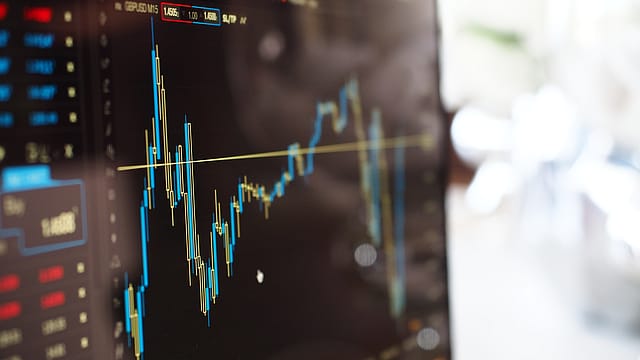Indo-Pak tension: What it means for the markets
ADVERTISEMENT

Though it did not end in the green, the stock market in India bounced back from the low it touched in the early hours of trade on Tuesday after reports emerged of air strikes by the Indian Air Force on terror camps in Pakistan. The attack in the early hours of Tuesday was in response to a car-bomb attack in Pulwama in Kashmir that killed 40 Central Reserve Police Force personnel two weeks ago.
The Sensex opened 0.65% lower on Tuesday at 35,976 from the previous day’s close of 36,213. It later went on to touch an intraday low of 35,714 at around 10 a.m. The Nifty opened nearly a percent lower at 10,775 as against Monday’s close of 10,880 before touching an intraday low of 10,729.
However, as the day progressed, both indices bounced back from lows with the Sensex rising over 250 points during the latter half of trade and the Nifty managing to hold on to 10,800 levels. The Sensex ended the day 0.66% lower and the Nifty 0.41% lower than the previous day’s close.
January 2026
Netflix, which has been in India for a decade, has successfully struck a balance between high-class premium content and pricing that attracts a range of customers. Find out how the U.S. streaming giant evolved in India, plus an exclusive interview with CEO Ted Sarandos. Also read about the Best Investments for 2026, and how rising growth and easing inflation will come in handy for finance minister Nirmala Sitharaman as she prepares Budget 2026.
Soumya Kanti Ghosh, group chief economic adviser, SBI, was of the view that such strikes are unlikely to have a material impact on the markets. Ghosh said in a report that during the Kargil conflict in 1999 the benchmark indices showed an initial decline but displayed strong recovery thereafter.
“The Sensex and Nifty declined by 286 points and 79 points... [in the first three days after the conflict began] respectively, but recovered strongly thereafter and ended higher by 652 points and 191 points when the conflict ended. The overall impact of the Kargil war thus was actually market positive,” Ghosh said in the note.
He then went on to say that the surgical strike in response to the Uri attack in 2016 had a similar impact on the stock market, which saw an overall gain, which was also helped by the appreciation of the rupee.
“…These conflicts are more localised in nature. Also, now that India has clearly reaffirmed that its patience cannot be taken for granted, these strikes in fact act as a positive deterrent for the markets for the decisiveness in India’s foreign policy,” Ghosh said.
Vinod Nair, head of research, Geojit Financial Services, was quoted in media reports as saying, “Political strategists believe that geopolitical risk has turned for the worse with a possibility that this calamity can get extended. Market will remain watchful and eagerly assess announcements from both the sides to evaluate further risk.”
Sameet Chavan, chief analyst, technical and derivatives, at Angel Broking, said, “Looking at yesterday’s strong close, the probability of surpassing 10,900 [for Nifty] today was quite high. But, such developments on geopolitical front can spoil the mood. This is exactly what we saw in the opening hour today. Now, due to today’s wild swings, we can see a defined range at least for next couple of days.” Chavan then went on to say that 10,890 is the level to watch out for on the upside for the Nifty and 10,800 followed by 10,729 are key support levels.
“We must accept the fact, today although we can see index closing in the red, the v-shaped recovery from lower levels was quite encouraging. In fact, there were plenty of individual stocks that had a remarkable day and hence, it’s advisable to keep focusing on such potential targets,” Chavan added.
